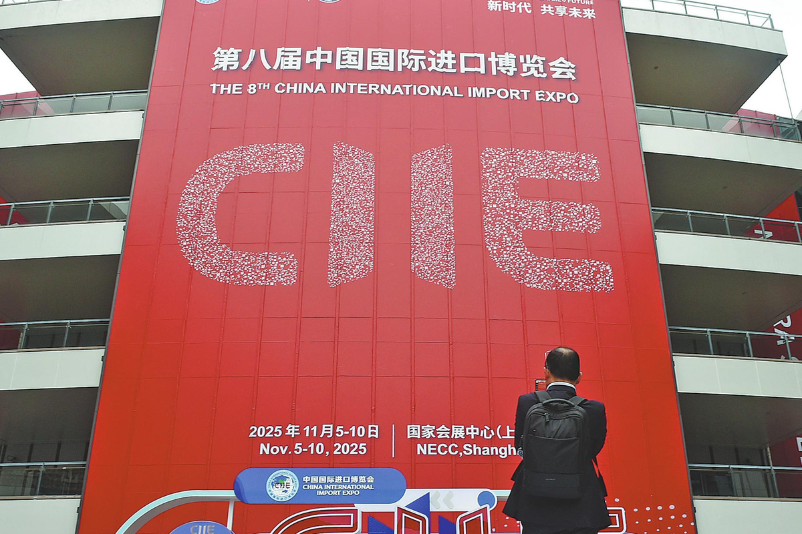Continuing allure of yellow metal

Macroeconomic conditions have triggered explosion in local purchases of bullion, 24-carat jewelry
This year Chinese investors will pour a net $14 billion (10 billion euros) into gold bullion, according to forecasts by Thomson Reuters GFMS. From a marginal player just a few years ago, China has become the world's leading market for direct investment in gold bars and coins. Moreover, expectations are that further growth is in the pipeline as local savers put their trust in the precious metal as a store of value and inflation hedge.
Prior to 2002 private ownership of gold bullion, as opposed to jewelry, was illegal in China. But that year the establishment of the Shanghai Gold Exchange brought about an almost complete liberalization of gold ownership and trading. Thereafter, while small bars were made available for public sale, they were still sold technically as jewelry and it was not until mid-2005 that the People's Bank of China allowed consumers to buy and sell bullion or investment bars at four of the commercial banks.
Market liberalization was accompanied by a massive "supply side" expansion in the Chinese gold market. The number of local banks active in the domestic market climbed from just four in 2005 to a current total of more than 20. And, each of these banks has increased the number of branches that offer gold bullion products to the public. In addition, jewelry retailers have also devoted an increasing amount of counter space to so-called "gift bars" that are sold at higher premia and in some cases have also begun to sell low-margin investment bars to their customers.
Indeed, Chinese investment demand has grown at an astounding pace since 2006. The first full year after liberalization of the investment market net demand totaled 15 tons, equivalent to approximately $300 million. By 2010, these figures soared to 187 tons and $7.4 billion, respectively. To put this into a wider perspective, Chinese investors last year accounted for 17 percent of global net purchases of gold bars and coins.
What is also remarkable is that unlike in India, where growth in bar and coin demand has to a fair extent come at the expense of jewelry sales, in China jewelry demand has continued to power ahead. In fact, Thomson Reuters GFMS currently forecast that this year Chinese jewelry consumption will climb by 15 percent in volume terms, the bulk of this growth coming from the dominant 24-carat market. This is significant because record demand for high-carat jewelry is being motivated by similar reasons to those buoying purchases for gold bullion products.
Not surprisingly, growth in Chinese gold investment in recent years can only partly be explained by the "supply side" factors. Critically, these have been supplemented by a major push from the "demand side". In short, macroeconomic conditions in China and abroad have encouraged an explosion in local purchases of gold, both in bullion and 24-carat jewelry form.
First, China's high household savings rate - more than 20 percent in 2010 - means that domestic investors have a great deal of cash that urgently needs to find a home.
Second, investment options are still rather limited, in part because of still immature domestic financial markets but also in no small measure due to strict foreign exchange controls.
Third, more recently two of the most favored destinations for local savings have become less attractive: The property market has been volatile and controls have been implemented to restrain speculation and the stock market has seen heavy losses.
Fourth, inflation has risen to a worryingly high level even on the official measure that some believe is too conservative.
Fifth, interest rates for savers are low and, in fact, are negative in real terms.
And, finally, one should not underestimate the stimulus to investment demand given by a rising trend in the international dollar price of gold, which has only slightly been reduced by the yuan's gains in recent years against the US currency.
Looking ahead, it is probable that Chinese gold investment demand will continue to flourish, at least while the conditions described above continue to operate, with this supported by on-going expansion on the "supply side" that will further improve the availability of bullion products for investors.
The author is global head of metals analytics, Thomson Reuters GFMS.
Today's Top News
- Dutch govt urged to mend chip dispute
- Macao's heritage sites hold special appeal for games
- China tackles N2O emissions, leading change
- AI should build a future where technology serves people
- Japan bears blame for worsening China ties
- People-centered outlook applauded






























